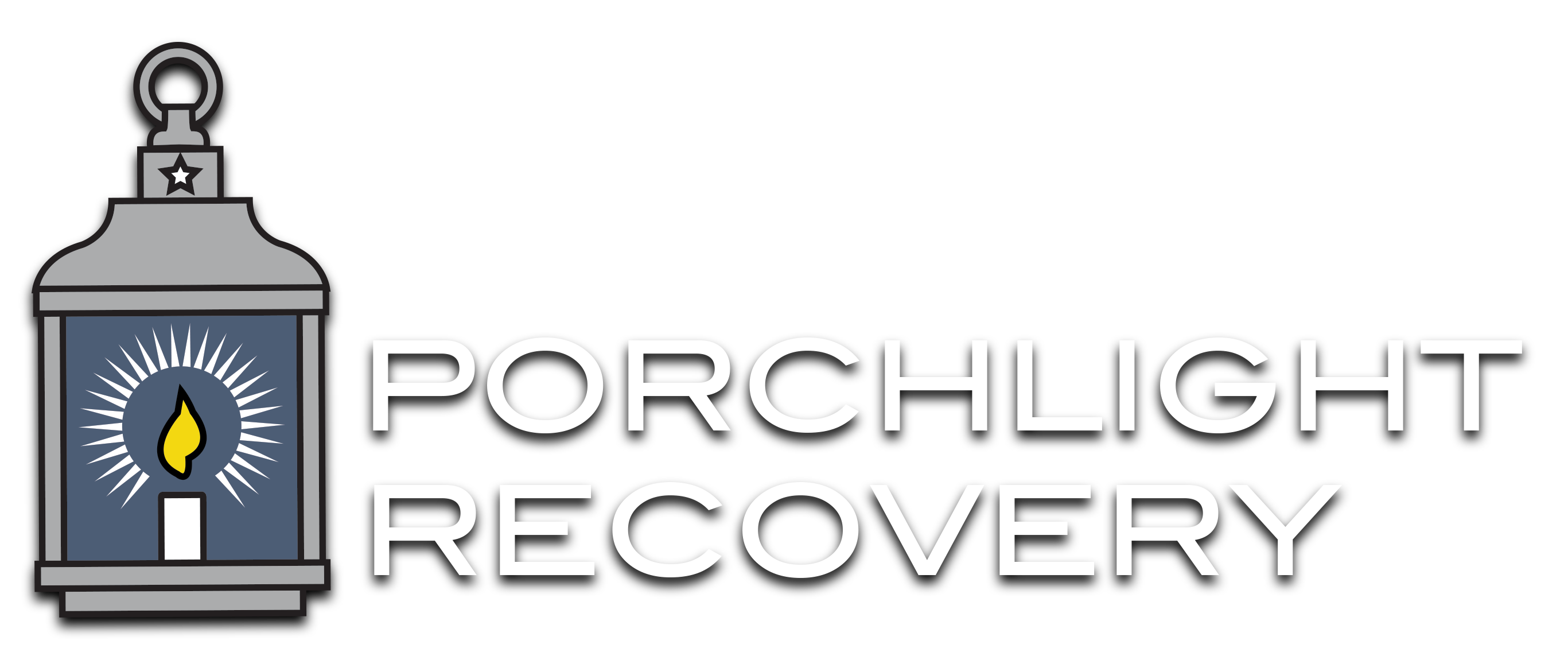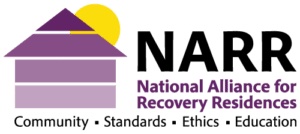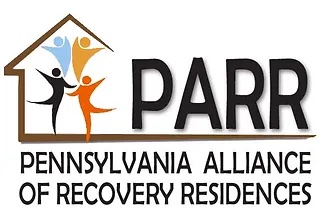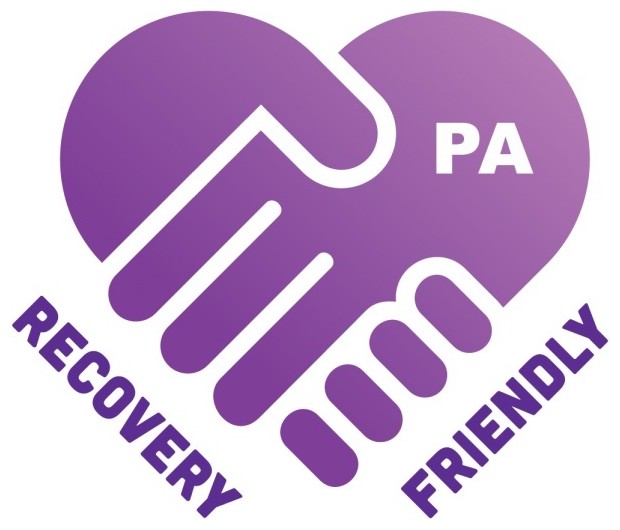What is Methamphetamine?
Methamphetamine, often referred to as meth, is a powerful and highly addictive central nervous system stimulant. It is chemically similar to amphetamine, a drug used to treat attention deficit hyperactivity disorder (ADHD) and narcolepsy. However, methamphetamine is significantly more potent and has a higher potential for abuse.
Methamphetamine can be found in the form of a white, odorless, crystalline powder that can be ingested by swallowing, snorting, injecting, or smoking. It stimulates the release of high levels of dopamine, a neurotransmitter associated with pleasure and reward, in the brain. This leads to a rapid and intense euphoria, increased energy, and a decreased appetite.
Due to its highly addictive nature and harmful effects, methamphetamine is classified as a Schedule II controlled substance in the United States, meaning it has a high potential for abuse and limited accepted medical use.
What are the signs of methamphetamine addiction?
Meth addiction can manifest in various ways, and they include physical and behavioral indicators. Some of the most common signs of meth addiction are:
1. Increased Tolerance: Needing more methamphetamine over time to achieve the same effects.
2. Withdrawal Symptoms: Experiencing physical or psychological symptoms when not using methamphetamine, such as fatigue, depression, anxiety, or intense cravings.
3. Dental Issues: Severe dental problems, including tooth decay, gum disease, and tooth loss, often referred to as “meth mouth.”
4. Skin Sores: Developing sores on the skin, often as a result of compulsive scratching due to the sensation of bugs crawling under the skin, a condition known as “formication.”
5. Changes in Behavior: Engaging in secretive or deceptive behavior, withdrawing from social activities, and exhibiting mood swings, paranoia, or aggression.
6. Physical Signs: These may include dilated pupils, rapid weight loss, repetitive motor activity, and a gaunt, unhealthy appearance.
7. Cognitive Impairment: Experiencing confusion, memory loss, and impaired judgment, hallucinations.
8. Occupational and Social Impacts: Neglecting responsibilities at work, school, or home due to methamphetamine use, and experiencing strained relationships with family and friends.
9. Financial Problems: Experiencing financial difficulties due to spending a significant amount of money on methamphetamine.
10. Risk-Taking Behavior: Engaging in risky activities to obtain or use methamphetamine, such as associating with individuals involved in criminal activities, risky sexual behavior, creating a highly explosive laboratory to manufacture and distribute methamphetamine.
These are not all of the signs associated with methamphetamine addiction. If you or a loved one is exhibiting these behaviors, please seek professional help from a healthcare provider for proper assessment and support.
What are the long-term effects of Methamphetamine use?
Long-term effects of Methamphetamine have severe and detrimental impacts on both physical and mental health. Effects of use vary depending on factors such as amount and duration of use, individual health status, and the presence of co-occurring mental health issues. Some of the most common long-term effects are:
1. Neurological Damage: Prolonged methamphetamine use can lead to structural and functional changes in the brain, resulting in cognitive deficits, memory loss, and impaired motor skills.
2. Psychological Impact: Long-term methamphetamine use is associated with an increased risk of mental health issues such as anxiety, depression, paranoia, hallucinations, and violent behavior.
3. Dental Problems: Severe dental issues, including tooth decay, gum disease, and tooth loss, often referred to as “meth mouth.”
4. Skin Damage: Developing skin sores and lesions due to compulsive scratching and picking, often as a result of the sensation of bugs crawling under the skin, a condition known as “formication.”
5. Cardiovascular Issues: Methamphetamine use can contribute to an increased risk of heart disease, high blood pressure, and stroke.
6. Respiratory Problems: Chronic methamphetamine use can lead to respiratory issues, including breathing difficulties and an increased risk of respiratory infections.
7. Weight Loss: Significant and unhealthy weight loss due to decreased appetite and nutritional deficiencies.
8. Social and Occupational Impacts: Long-term methamphetamine abuse can lead to strained relationships, financial difficulties, and challenges in maintaining employment or meeting other responsibilities.
9. Addiction and Tolerance: Continued use of methamphetamine can lead to the development of tolerance, dependence, and addiction, making it difficult to stop using the drug despite negative consequences.
What does Methamphetamine detox look like?
Detox from methamphetamine is often a challenging process due to the psychological and physical effects of the drug. It is similar to detox from cocaine and is often emotionally and mentally taxing. During meth detox individuals may experience a range of symptoms including:
1. Cravings: Intense urges or desires to use methamphetamines.
2. Fatigue: Feelings of extreme tiredness and low energy. Excessive sleeping is included in this category.
3. Depression: Emotional lows, sadness, and feelings of hopelessness.
4. Anxiety: Restlessness, nervousness, and heightened anxiety.
5. Increased Appetite: Some individuals may experience an increased desire for food.
6. Vivid Dreams or Nightmares: Disturbing or intense dreams during sleep.
7. Irritability: Feelings of frustration, agitation, or irritability.
8. Tremors and cramps: Involuntary movements of legs, arms, facial muscles.
9. Skin rashes: Some individuals experience hives as their body is detoxing.
Physical detox from methamphetamine may typically last between 7-10 days, however, the psychological recovery may take months or years.
What does a recovery program for methamphetamine look like?
Methamphetamine addiction recovery is a complex and individualized process that typically involves multiple components. These are some of the key aspects of cocaine and methamphetamine addiction recovery:
1. Treatment Program: It is recommended that an individual seek further treatment after completing a detox program. Residential treatment facilities and Outpatient programs are evidence-based treatment programs that increase chances of sustained recovery from substance abuse. Engaging in a comprehensive treatment program that may include individual therapy, group counseling, medication-assisted treatment, and other evidence-based approaches to address the physical, emotional, and psychological aspects of addiction.
2. Support Groups: Participating in support groups such as Narcotics Anonymous (NA) or other mutual aid groups can provide ongoing support, encouragement, and a sense of community with others in recovery.
3. Lifestyle Changes: Making positive lifestyle changes, such as adopting healthy habits, finding new hobbies, and building a supportive social network, can be important aspects of recovery.
4. Relapse Prevention: Learning and implementing strategies to prevent relapse, including identifying triggers, developing coping skills, and creating a relapse prevention plan.
5. Aftercare: Establishing a plan for ongoing support and maintenance of recovery after completing a formal treatment program, which may include continued therapy, support group participation, and other forms of ongoing support.
6. Addressing Co-occurring Issues: Addressing any co-occurring mental health issues, such as depression or anxiety, that may contribute to or result from meth addiction.
Recovery from Methamphetamine addiction is a journey that requires commitment, perseverance, and often the support of healthcare professionals, peers, and loved ones. It’s important to recognize that recovery is a process, and individuals may progress at their own pace.




